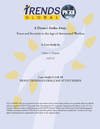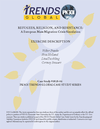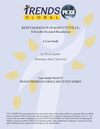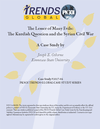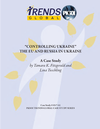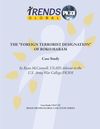Guns or Growth: Lessons from Security-First and Civil-Society-First Approaches to Peace-building in East Timor

This case study examines conditions and situations faced by several United Nations peacekeeping and peace-building missions in East Timor with the goal of applying the lessons learned from their responses to similar dilemmas in future peacekeeping operations (PKOs). East Timor provides a unique setting for the application of theory to practice, as the successive UN missions (UNAMET, INTERFET, and UNTAET) each took different approaches in their attempts to overcome obstacles on the ground.

